Disclosure: This article contains affiliate links. We may earn a commission from purchases at no extra cost to you, which helps our travel content.
As I stepped off the plane at Brisbane Airport, the crisp winter air greeted me with a gentle embrace – a stark contrast to the scorching summers I'd experienced during previous Australian expeditions. Brisbane in winter carries a certain magic that few international travelers ever discover. The subtropical capital of Queensland transforms during these cooler months (June to August), revealing a side of itself that locals treasure but tourists often miss. After years of setting up telescopes in remote corners of Australia, I've developed a gravitational pull toward this riverside metropolis. Brisbane, like a distant nebula finally brought into focus, offers a perfect orbital alignment of cultural richness, natural beauty, and celestial wonder – all without the crushing gravity of tourist crowds or budget-destroying prices. Over the next two weeks, I would navigate this urban constellation not as a visitor but as a temporary local, discovering patterns and rhythms that casual tourists might never detect.
Navigating Brisbane's Urban Cosmos
My first order of business when arriving in any new city is to decode its transportation matrix – understanding how the locals move determines how deeply you can explore. Brisbane's public transport system functions with the precision of celestial mechanics, yet with enough quirks to remind you of human design.
The TransLink network connects the city's disparate neighborhoods like constellations across the night sky. I purchased a Go Card immediately upon arrival (available at the airport) and loaded it with $50 AUD, which proved sufficient for nearly a week of exploration. The card offers a 30% discount compared to single paper tickets and automatically calculates the most economical fare.
What the tourism brochures won't tell you is that Brisbane's CityCat ferries aren't just transportation – they're one of the best free sightseeing experiences in the city. I spent one golden afternoon zigzagging across the Brisbane River, watching the city's architecture unfold from the water. The gentle rocking motion reminded me of nights spent observing distant galaxies from research vessels in the Indian Ocean.
For terrestrial exploration, I rented a bicycle from the CityCycle program, which has stations scattered throughout the inner city like waypoints on a star chart. Winter provides ideal cycling conditions – cool enough to prevent overheating but warm enough (typically 10-22°C) to enjoy the outdoors comfortably.
One morning, I ventured further afield to Mount Coot-tha, using the local bus network. As an astronomer, I couldn't resist visiting the Sir Thomas Brisbane Planetarium located at the base of the mountain. The staff, learning of my background, invited me to an after-hours observation session with local amateur astronomers – a serendipitous alignment that resulted in viewing Jupiter's moons through a vintage Celestron telescope under surprisingly dark suburban skies.
For longer journeys exploring the outer reaches of Brisbane's suburbs, I relied on my compact binoculars. These proved invaluable not just for impromptu stargazing from city parks, but also for spotting wildlife along the Brisbane River and detailed architectural studies of the city's historic buildings.
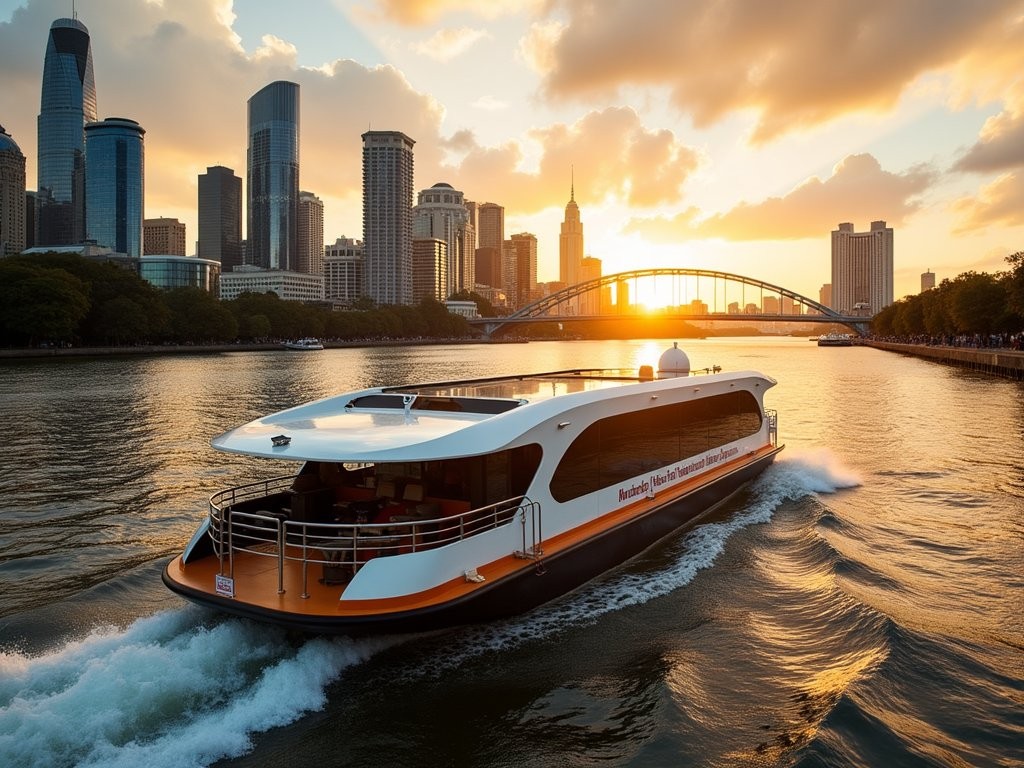
💡 Pro Tips
- Purchase a Go Card immediately and register it online to protect your balance if lost
- Travel after 8:30am on weekdays to avoid commuter crowds and get off-peak fares
- The free CityHopper ferry service connects key points between Sydney Street and North Quay
The Winter Night Sky: Brisbane's Astronomical Advantages
Brisbane's geographical position at 27 degrees south latitude offers northern hemisphere dwellers like myself a revelatory astronomical experience. Winter brings crystal-clear skies with dramatically reduced humidity – a perfect atmospheric window for celestial observation.
I timed my visit to coincide with the annual Brisbane Dark Sky Festival held in the winter months. While the main events occur at remote locations outside the city, several urban parks host satellite activities that bring astronomy to the public. I volunteered one evening at the South Bank Parklands event, helping children identify the Southern Cross and pointing out how the Milky Way appears to flow in unfamiliar patterns when viewed from the southern hemisphere.
My astronomy guidebook became my constant companion during evening walks. Though written primarily for northern observers, its principles helped me navigate the inverted celestial landscape. I found myself making margin notes to create my own southern hemisphere supplement.
One particularly memorable evening, I joined a group of University of Queensland astrophysics students at their impromptu observation session in New Farm Park. We shared stories about different cultural interpretations of the night sky while tracking satellites crossing overhead. They taught me Aboriginal Dreamtime stories about the southern constellations – narratives entirely absent from my formal astronomical education.
For those seeking more structured astronomical experiences, I recommend the Wednesday night public viewings at Mt Coot-tha's observatory. Arriving early allows you to catch the sunset over the city before the stars emerge. The volunteers operating the telescopes possess encyclopedic knowledge of both the scientific and cultural significance of various celestial bodies.
Brisbane's winter skies revealed celestial treasures I rarely encounter in the northern hemisphere – the Large and Small Magellanic Clouds, the stunning Eta Carinae nebula, and the globular cluster Omega Centauri appeared with breathtaking clarity even through modest equipment. The experience reinforced my belief that astronomy connects us not just to the universe but to each other through our shared wonder.

💡 Pro Tips
- Check the lunar calendar before planning serious stargazing – aim for the week around new moon for darkest skies
- Mt Coot-tha and Kangaroo Point are accessible stargazing locations with minimal light pollution by urban standards
- Download the Southern Sky Guide app for real-time constellation identification specific to Brisbane's latitude
Culinary Constellations: Eating Like a Brisbane Local
Brisbane's food scene orbits around fresh subtropical produce and multicultural influences, creating flavor combinations as diverse as the cosmos itself. What surprised me most was discovering how budget-friendly authentic local dining could be – if you know where to look.
The West End became my culinary ground zero. This bohemian neighborhood hosts the Davies Park Market (locally known as 'West End Markets') every Saturday morning. Here, I found farm-fresh produce at prices that made hotel dining seem like daylight robbery. I developed a routine of purchasing enough fruits, artisanal bread, and local cheeses to sustain my breakfasts and picnic lunches for several days. The avocados – nearly the size of small galaxies and perfectly ripened – became a daily indulgence at a fraction of their Northern Hemisphere cost.
For coffee, I quickly learned that Brisbanites take their brew as seriously as I take my telescope calibrations. The local flat white became my morning ritual, with John Mills Himself (hidden in an alleyway off Elizabeth Street) becoming my regular haunt. The baristas soon recognized me, and by my fifth visit were experimenting with beans they thought might appeal to my specific palate – a level of personalization no tourist-centered café would offer.
Eating Street Northshore provided my most memorable dining experience – an interstellar collection of food vendors housed in shipping containers along the Brisbane River. Unlike similar concepts I've encountered globally, this one maintains authentic quality without tourist-inflated prices. I visited on a Wednesday evening when locals outnumbered visitors twenty to one, and discovered a Malaysian laksa that transported me directly to night markets in Penang.
For those seeking a quintessentially Queensland experience, I recommend the Breakfast Creek Hotel for their iconic steak experience. Dating back to 1889, this heritage-listed pub serves massive cuts of local beef in unpretentious surroundings. I witnessed multiple generations of families dining together here – a cultural constellation of shared experience rarely visible to casual tourists.
My most valuable culinary discovery was the Eat Street app, which locals use to find daily restaurant specials across Brisbane. This digital tool revealed $10 ramen Mondays at Taro's, half-price wine Wednesdays at various riverside restaurants, and Sunday afternoon tapas deals that made high-end dining accessible on my modest budget. I tracked my culinary adventures in my travel journal, creating a personal food map with notes on flavors, prices and optimal times to visit each establishment.
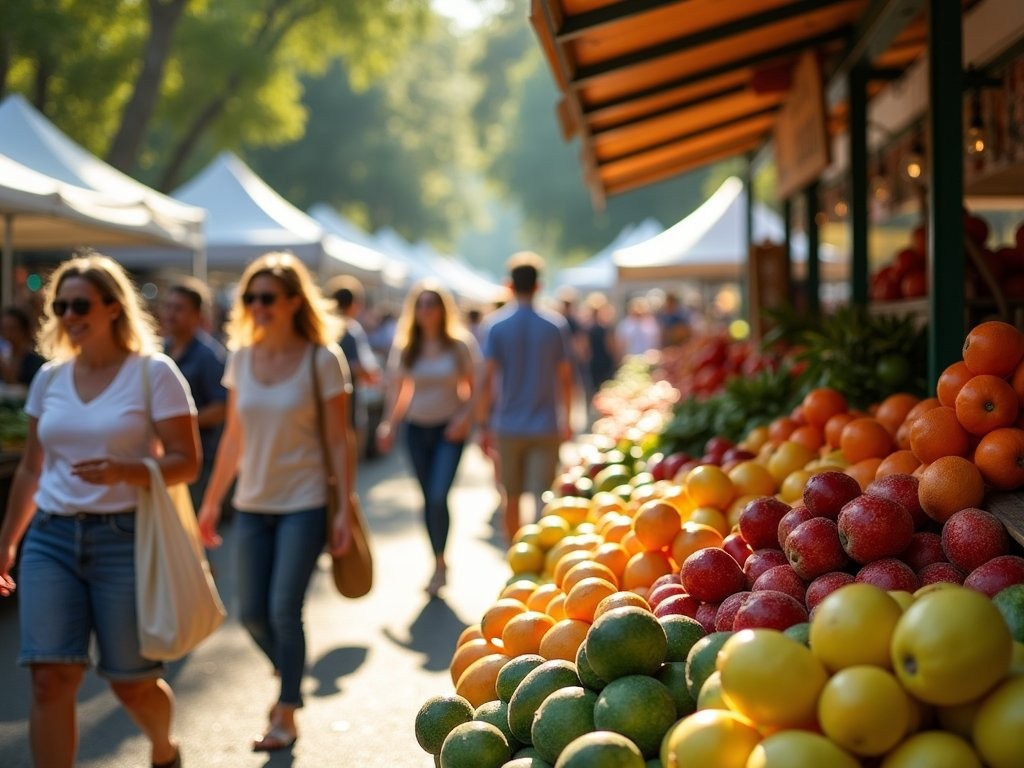
💡 Pro Tips
- Visit Eat Street Northshore on weeknights rather than weekends to avoid crowds and experience a more authentic local atmosphere
- BYO (Bring Your Own) restaurants are common in Brisbane – purchase wine from a bottle shop to save significantly on dining costs
- The 'early bird' specials between 5-6pm at many restaurants offer the same quality food at 20-30% discount
Cultural Orbit: Festivals and Events Through Local Eyes
Winter in Brisbane pulses with cultural energy that seems inversely proportional to the dropping temperatures. Unlike summer events designed primarily for tourists, winter festivals reveal the authentic heartbeat of the city – and most won't devastate your budget.
The Brisbane Winter Festival transformed King George Square into an open-air ice skating rink during my visit – an amusing juxtaposition in a subtropical climate. Rather than participating in the somewhat awkward daytime skating sessions favored by tourists, I joined locals who gather after 8pm when the rink becomes a social hub illuminated by constellation-like light displays. The evening sessions attract everyone from teenagers on first dates to multi-generational families, creating a community atmosphere that feels genuinely Australian rather than an imported winter concept.
The Regional Flavours festival at South Bank Parklands coincided with my second weekend in Brisbane. While the celebrity chef demonstrations attracted crowds of visitors, I discovered the real value lay in the producer stalls where Queensland farmers offered samples and stories in equal measure. I spent three hours conversing with a macadamia farmer who explained how the indigenous nuts were commercially propagated – a fascinating intersection of botany and agricultural engineering that reminded me how food production, like astronomy, requires both scientific precision and patient observation.
Brisbane's winter also hosts the Paniyiri Greek Festival, Australia's longest-running Greek cultural event. Rather than simply attending as a spectator, I volunteered to help serve food at one of the community stalls. This insider position allowed me to witness the intergenerational knowledge transfer as elderly Greek-Australians guided younger family members in traditional cooking techniques. By day's end, I had learned to properly fold dolmades and had been adopted as an honorary aunt by several Greek families who insisted I join their after-festival gathering.
The most unexpected cultural discovery came through the Brisbane Free University – not a formal institution but a series of open lectures and discussions held in public spaces throughout winter. I stumbled upon a session about indigenous astronomy in a West End bookstore and found myself among locals engaged in passionate discourse about how different knowledge systems interpret celestial phenomena. The discussion continued informally at a nearby pub, where I exchanged contact information with several attendees who later became my guides to parts of Brisbane I would never have discovered independently.
To track these often unadvertised local events, I relied heavily on my smartphone with its excellent night photography capabilities. The phone's adaptive battery easily lasted through long days of exploration and event-hopping, while its camera captured the vibrant festival scenes even in challenging low-light conditions. The locals I met were consistently impressed when I showed them my night sky photographs taken with just a smartphone and a small tripod.
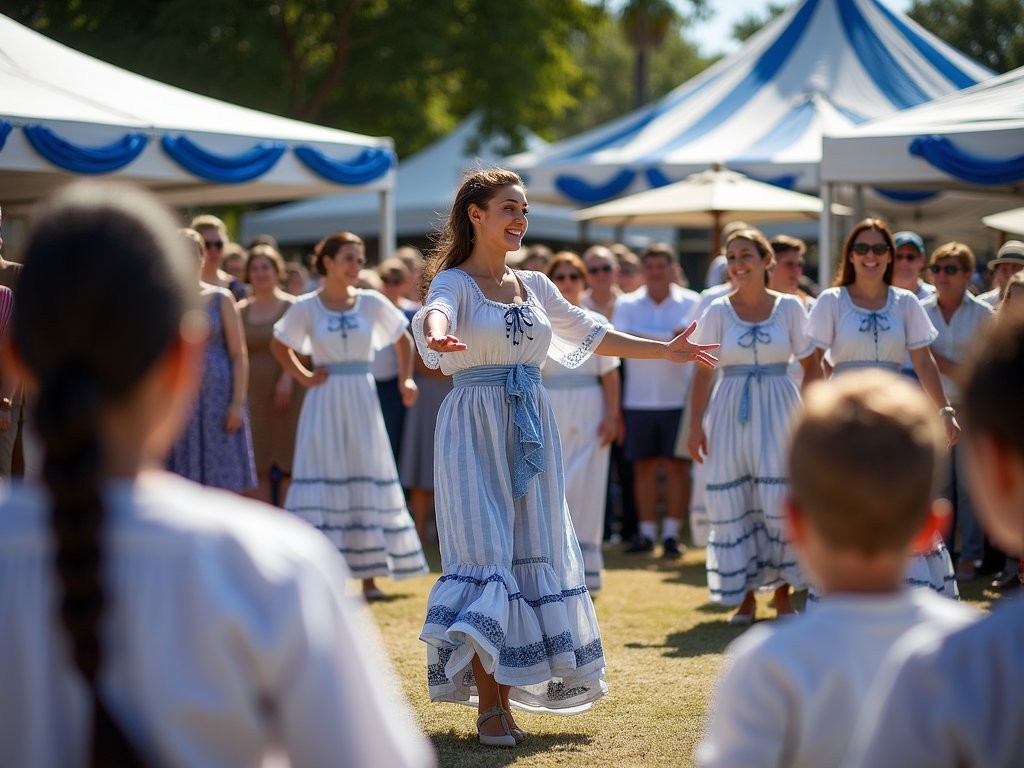
💡 Pro Tips
- Follow 'Brisbane City Council' on social media for last-minute announcements about free community events
- Visit the Queensland Multicultural Centre's website for cultural festivals that rarely appear in tourism guides
- University bulletin boards (physical and online) advertise intellectual and cultural events open to the public
Gravitational Pulls: Day Trips Beyond the City Center
While Brisbane itself offers endless exploration, the surrounding regions exert their own gravitational pull on locals seeking weekend escapes. Tourists typically flock to the Gold Coast or Sunshine Coast, but Brisbane residents revealed to me their preferred orbital destinations – places where authentic Queensland experiences outshine commercial attractions.
Morton Island, just 75 minutes by ferry from the city center, became my favorite discovery. Unlike the more famous Fraser Island, Morton remains relatively untouched by mass tourism. I joined a local 4WD club on their monthly island excursion, experiencing the thrill of navigating sandy tracks through dense forest before emerging at the Tangalooma Wrecks. These deliberately sunken ships now form an artificial reef where marine life flourishes. While tourists pay for organized snorkeling tours, my local companions knew exactly when and where to enter the water to avoid crowds while maximizing wildlife encounters.
The volcanic plateaus of the Scenic Rim region, particularly Mount Barney and Lamington National Park, revealed themselves as weekend hiking destinations for Brisbane's outdoor enthusiasts. Rather than joining commercial tours, I connected with the Brisbane Bushwalkers Club through their Facebook group. Their Tuesday social walks welcomed visitors, and I found myself traversing ancient Gondwanan rainforest alongside retired botanists and young environmental scientists, all sharing their specialized knowledge of the ecosystem.
For a more contemplative day trip, the Maleny-Montville region in the Sunshine Coast hinterland offers a perfect escape. Local artists have established studios throughout these mountain villages, creating a self-guided arts trail that changes seasonally. I visited on a quiet Thursday when tourist buses were absent, allowing unhurried conversations with glassblowers and woodcarvers about how the surrounding landscape influences their creative processes.
Straddie (North Stradbroke Island) represents perhaps the most authentic local escape. Accessible by water taxi or vehicle ferry from Cleveland (a Brisbane suburb), this sand island maintains its Aboriginal name of Minjerribah among locals. I joined a Quandamooka guide for a cultural walking tour that revealed both the indigenous history and contemporary challenges facing the island. The experience culminated in whale watching from Point Lookout – no commercial tour necessary, as winter brings these massive creatures close enough to shore for easy observation with my compact telescope. This portable instrument, which easily fits in a daypack, revealed details of distant marine life and later served for impromptu stargazing from the island's dark beaches.
The locals I met emphasized that timing these excursions is crucial – visiting midweek or departing very early on weekends helps avoid the gravitational interference of other tourists. This strategy allowed me to experience these destinations as temporary extensions of local Brisbane life rather than as commercial tourism products.
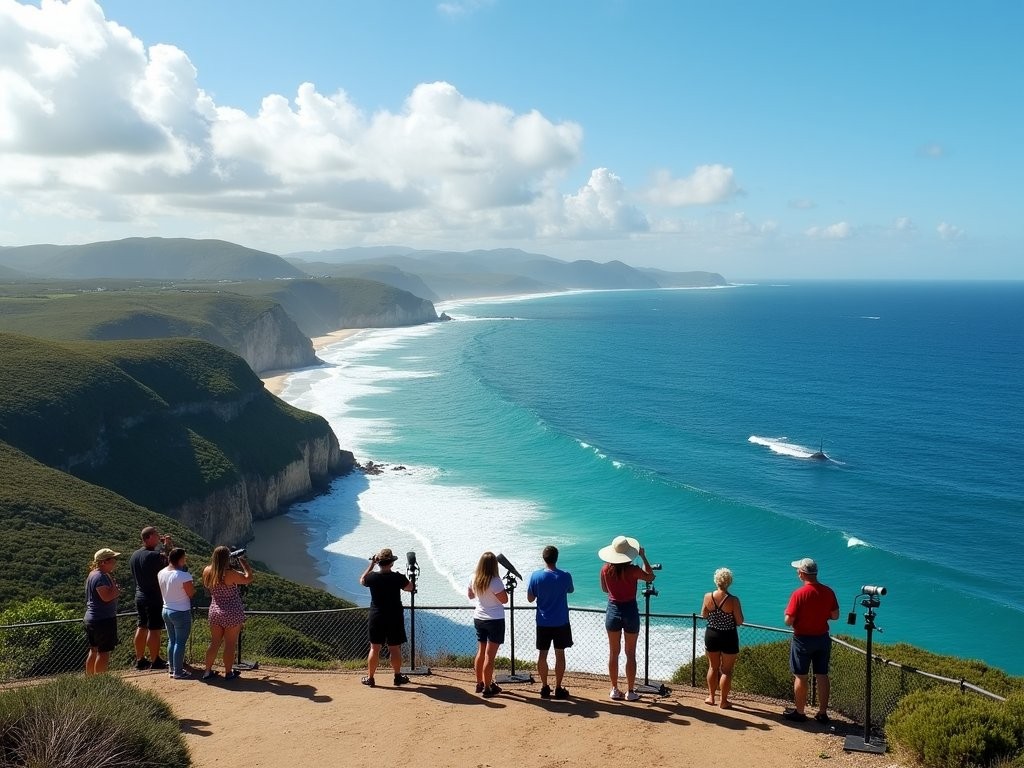
💡 Pro Tips
- For Moreton Island, take the earliest MICAT ferry (7am) to maximize beach time before day-trippers arrive
- Join the Brisbane Bushwalkers Club Facebook group for impromptu local hiking companions and insider trail knowledge
- Visit the Scenic Rim on weekdays - many farm gates and artisan food producers are still open but without weekend crowds
Cosmic Connections: Finding Community in Brisbane
The true measure of living like a local isn't just visiting hidden spots but forming genuine human connections. As a solo traveler in my fifties, I've learned that meaningful interactions require stepping beyond the gravitational pull of tourist zones and into the social orbits where everyday life unfolds.
Brisbane's libraries emerged as unexpected social hubs. The State Library of Queensland hosts free workshops and discussions that attract intellectually curious locals. I attended a session on indigenous astronomy that expanded into an impromptu dinner with fellow attendees at a nearby South Bank restaurant. Libraries in suburban areas like Chermside and Carindale also offer community events where visitors are welcomed without the awkwardness that sometimes accompanies more formal social gatherings.
Parkrun – the free, weekly 5km running event – provided my most consistent social anchor. The New Farm Parkrun attracted participants across all age brackets, and the post-run coffee ritual at a local café created natural opportunities for conversation. After my second week, several regular runners invited me to join their Wednesday evening training group, which traversed the river paths while sharing local knowledge that no guidebook could provide.
Brisbane's winter brings perfect conditions for outdoor fitness, and the free fitness stations along the Brisbane River became my morning ritual. I quickly noticed the same faces each day – a retired doctor who shared his knowledge of local medical services, a teacher who recommended community events, and a group of women my age who invited me to their weekly dragon boat training session. These organic connections evolved without forced interaction – simply being present regularly in local spaces opened conversational doors.
Community gardens, particularly the Northey Street City Farm in Windsor, offered another entry point into local life. Their Sunday farmers market attracts residents from surrounding neighborhoods, but I discovered that volunteering for a three-hour garden shift on Tuesday mornings provided deeper connections. Working alongside Brisbane residents while planting subtropical vegetables created a shared purpose that transcended typical tourist-local dynamics.
The most unexpected community connection came through Brisbane's amateur astronomy groups. The Brisbane Astronomical Society welcomes visitors to their monthly meetings at the Mt Coot-tha Planetarium, where I shared my experiences with high-altitude observatories in South America. This led to an invitation to a private star party at a member's property in the Scenic Rim, where I witnessed southern sky wonders through locally-built telescopes while exchanging life stories around a campfire.
My waterproof daypack became essential for these community adventures – Brisbane's winter brings occasional sudden showers, and having a reliably dry bag for my camera, notebook and star charts meant I could participate in outdoor activities without concern for my equipment. The locals appreciated my preparedness, noting that many visitors underestimate Queensland's winter rain patterns.
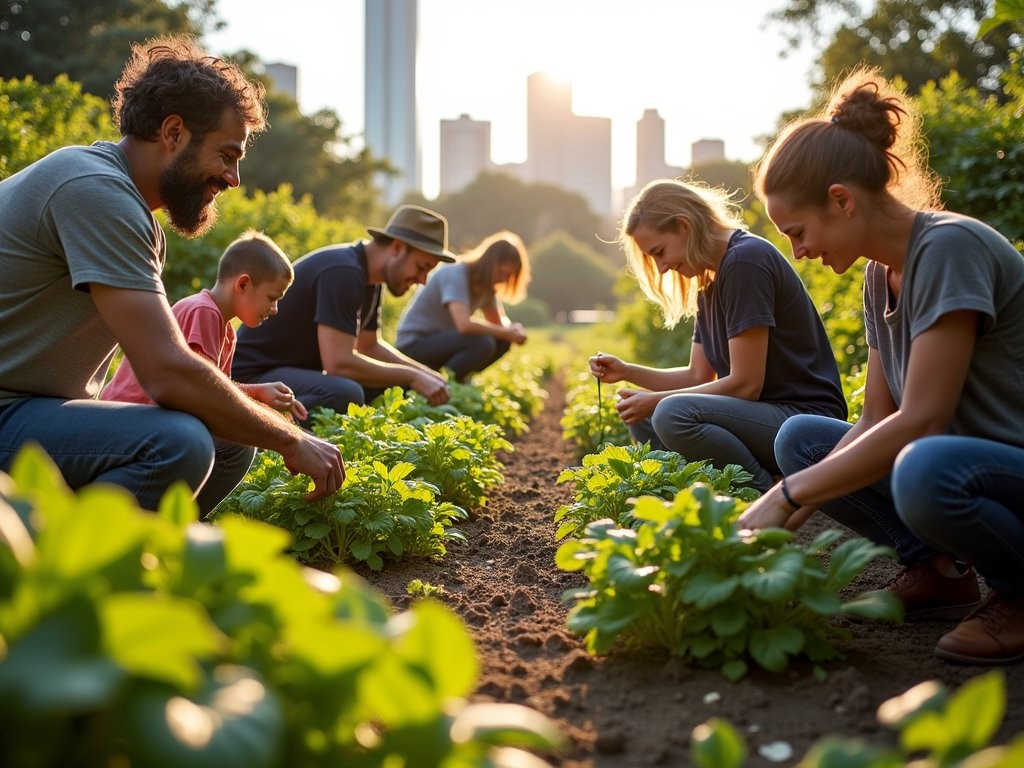
💡 Pro Tips
- Check community boards at local cafés for small events that never appear in tourism literature
- The Brisbane City Council's Active and Healthy program offers free fitness classes where locals actually participate
- University of Queensland and Queensland University of Technology host public lectures that attract engaged local audiences
Final Thoughts
As my two-week orbit of Brisbane came to its inevitable conclusion, I found myself experiencing the gravitational reluctance familiar to travelers who've managed to transcend tourism and glimpse authentic local life. Brisbane in winter revealed itself not as a collection of attractions but as a living community – one that welcomed this aging astronomer into its daily rhythms with unexpected warmth.
What makes Brisbane special isn't its landmarks but its livability – the easy flow between cultural experiences, natural beauty, and human connection. By stepping away from the prescribed tourist paths and into the everyday spaces where locals gather, I discovered a city that feels simultaneously cosmopolitan and intimate.
Perhaps that's the true essence of living like a local anywhere – finding the constellation of small moments that collectively outshine the bright but distant stars of famous attractions. Brisbane offered me not just experiences to document but connections to maintain. As my plane lifted through Queensland's winter sky, I knew with astronomical certainty that I would return to continue the observations I had begun – of a city best understood not through brief, bright flashes but through patient, prolonged attention to its subtle celestial dance.
✨ Key Takeaways
- Brisbane's winter (June-August) offers the perfect balance of comfortable temperatures, clear skies, and authentic local experiences without summer crowds
- Connecting with community groups and attending regular local events creates more meaningful experiences than checking off tourist attractions
- The areas surrounding Brisbane provide accessible day trips that locals prefer over commercial tourism destinations
📋 Practical Information
Best Time to Visit
June to August (Australian winter)
Budget Estimate
$100-150 AUD per day including accommodation
Recommended Duration
Minimum 10 days, ideally 2 weeks
Difficulty Level
Intermediate

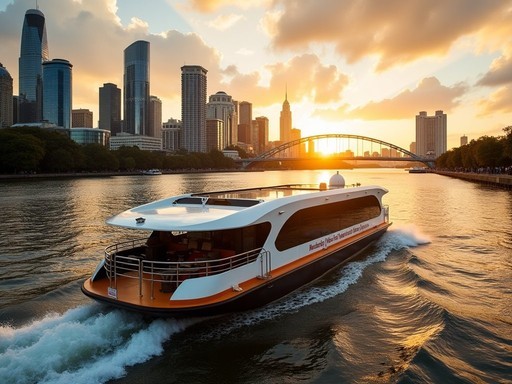
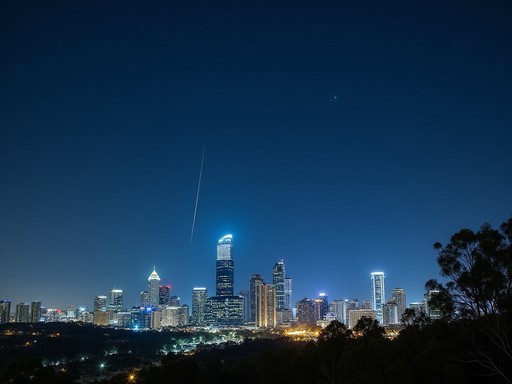
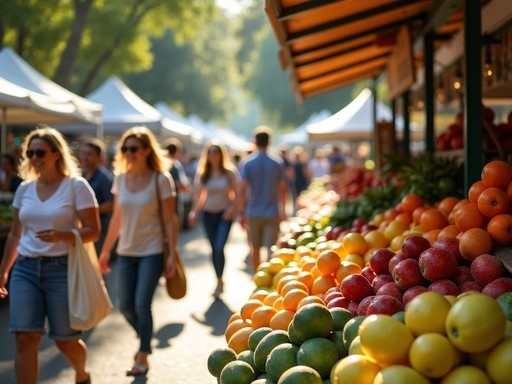
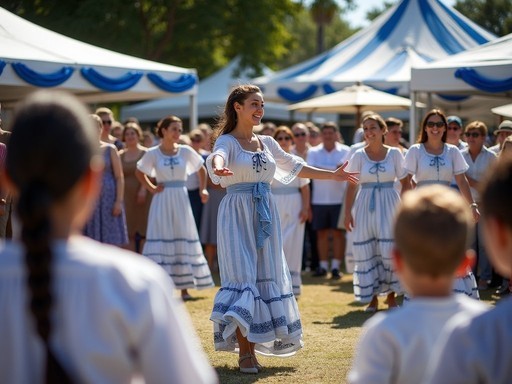
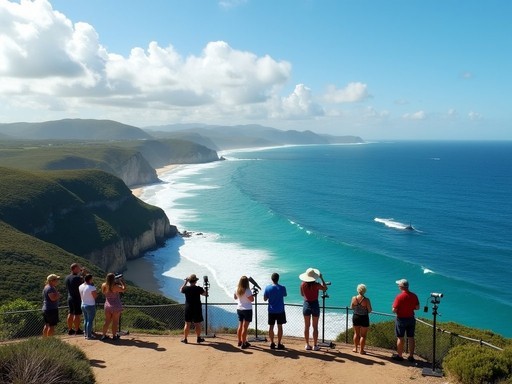



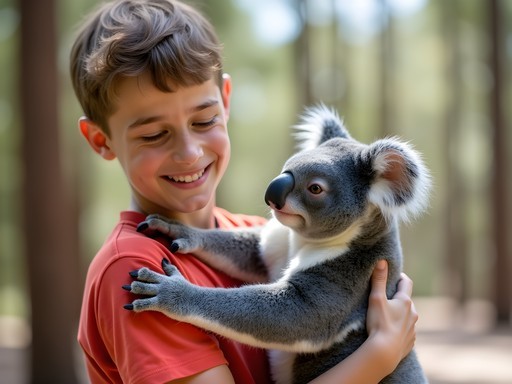
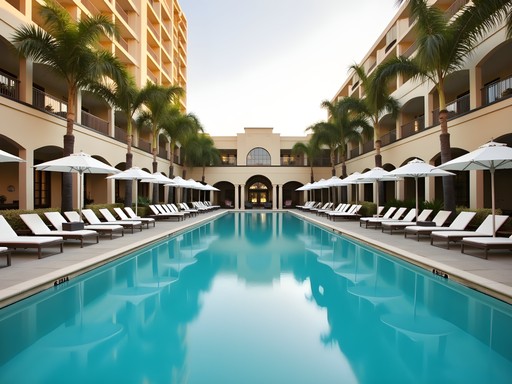

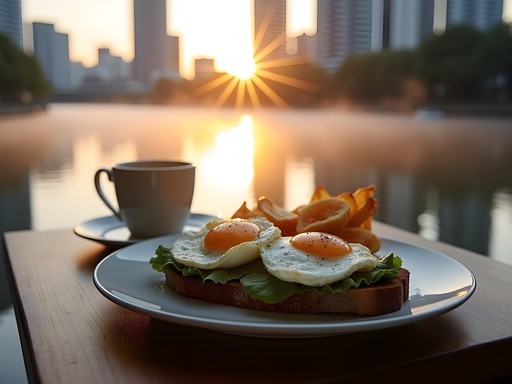


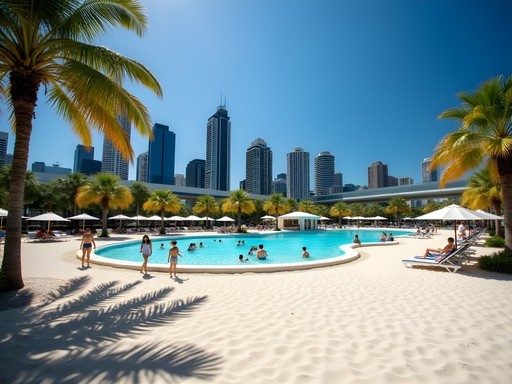
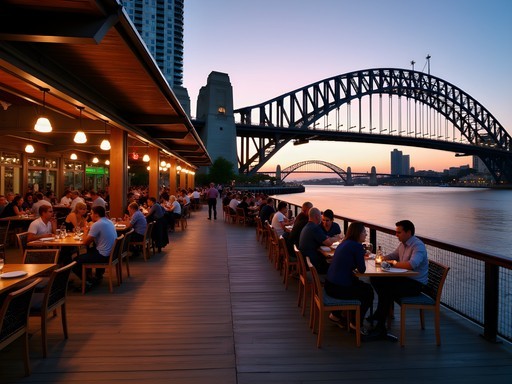
Comments
Sophia Gomez
Claire, your post couldn't be more timely! I just returned from a business trip to Brisbane where I managed to squeeze in some local experiences between meetings. The winter weather was perfect for exploring - none of that humid heat that drains your energy. I followed your advice about James Street precinct and found the most amazing little boutiques. The barista at Bellissimo Coffee (thanks for that tip!) showed me their roasting room and explained their whole process - definitely elevated my coffee snob status! I also stumbled upon a local farmers market in Davies Park that wasn't in my guidebook but was absolutely packed with locals. The fresh sourdough and tropical fruits made for the perfect hotel room breakfast. Brisbane really does feel like Australia's best-kept secret.
travelwanderer
@Sophia did you try the night markets too?
Sophia Gomez
I did make it to Eat Street Northshore! Amazing atmosphere and the food stalls were incredible. Try the seafood if you go!
oceanchamp
I'm planning a trip for next July! Where exactly did you go for the stargazing? Is it easy to get to without a car?
Claire Sanchez
Mt. Coot-tha Observatory is the main spot! You can take bus 471 from the city, but if you're serious about stargazing, I'd recommend joining a tour or using this star guide which has transport tips too.
vacationmate
Those winter night sky photos are stunning! Adding Brisbane to my bucket list!
springrider
We did the public transportation too and it was great. If you're staying more than a few days, definitely get the Go Card like Claire mentioned. Saved us tons of money going between South Bank and the city center. The night markets at Eat Street were amazing too!
freeninja
This is EXACTLY what I needed! Heading to Brisbane in two weeks! Did you find the public transport easy to navigate? Any neighborhoods you'd recommend staying in for first-timers?
Claire Sanchez
The public transport is super easy! Get a Go Card right away. For neighborhoods, West End is vibrant and central, or New Farm if you want something quieter but still accessible. Enjoy your trip!
freeninja
Thanks Claire! Just booked a place in West End based on your recommendation. Can't wait!
Riley Griffin
Claire, this brings back so many memories! We took the kids to Brisbane last August and had a similar experience with that perfect winter weather. The CityCat ferry became our daily adventure - the kids called it their 'river rollercoaster' and it was honestly the best way to see the city. We spent hours at the South Bank Parklands letting the little ones splash in Streets Beach while my wife and I took turns grabbing flat whites from the cafes nearby. Your astronomical section reminded me that we missed the stargazing at Mt. Coot-tha - adding that to our must-do list for next time!
Claire Sanchez
Thanks Riley! The CityCat is definitely a hit with families. And yes, don't miss Mt. Coot-tha next time - the observatory runs amazing programs for kids too!
travelwanderer
Love your take on Brisbane in winter! Never thought about visiting Australia during that time of year.
Riley Griffin
Claire, your post brought back so many memories! We took our kids (8 and 11) to Brisbane last winter and had a similar experience with the locals being incredibly welcoming. The kids still talk about the koala sanctuary! One spot I'd add to your list is the South Bank Parklands - we spent a whole day there with the kids at the free water park area, and then enjoyed a picnic watching the sunset over the city skyline. The markets there on Friday nights were fantastic too - local artists and amazing food trucks. Did anyone else notice how family-friendly Brisbane is compared to other major cities?
beachninja
Totally agree about South Bank! That artificial beach in the middle of the city is genius for families. And yes, super safe city to explore with kids.
photoqueen
Those night sky photos are incredible! What camera settings did you use? I'm visiting in September and want to capture similar shots.
Claire Sanchez
Thanks! I used a long exposure (about 20 seconds) with f/2.8 aperture and ISO 1600. Definitely bring a travel tripod - Brisbane's clear winter skies are perfect for astrophotography!
springstar
Heading to Brisbane next month - is winter really the best time to visit? Any recommendations for stargazing spots that don't require a car?
Claire Sanchez
Winter is fantastic for clear skies! For stargazing without a car, try Kangaroo Point Cliffs or New Farm Park. Both are accessible by CityCat and have minimal light pollution. The Brisbane Astronomical Society also does public viewing nights at various locations around the city!
springstar
Perfect, thanks! Just added those to my itinerary.
Venture X
Premium card with 2X miles, $300 travel credit, Priority Pass